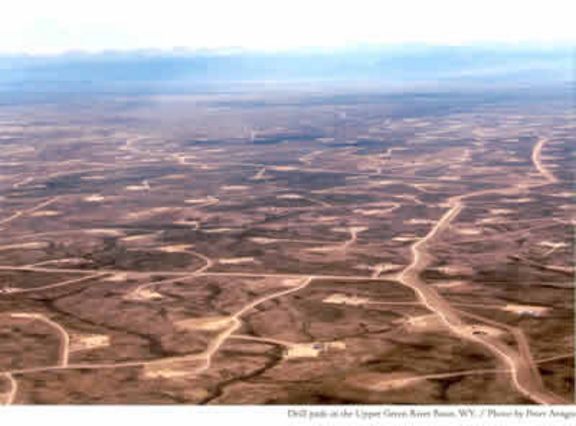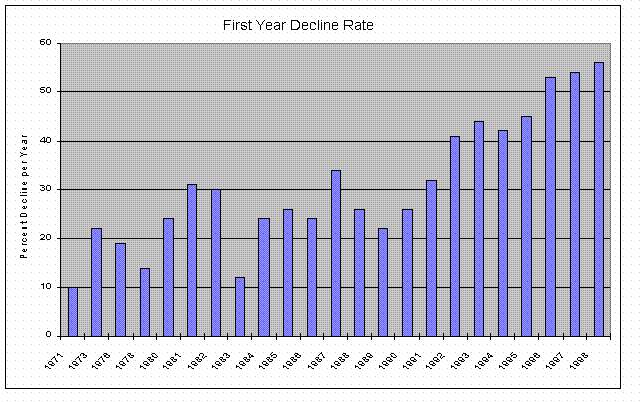There are obviously some of you on this board that have training and/or expertise in this arena and I was wondering about a few things:
1. Are oil/gas companies required to post any kind of reclamation bond before they begin exploration or production from actual wells?
2. Are the roads that are built permanent or are they to be torn up and reclaimed when drilling is ceased?
3. How long are these wells usually productive (ie. how long are they around?)
4. What are the main negative effects of this activity and is it long-term/permanent or short-term.
5. Can it be done reasonably without too much impact on wildlife, or is it a "one or the other" situation.
I appreciate any and all responses in advance. I'm really not looking for opinions one way or the other or B.S. remarks and squabbling, just known facts from knowledgeable people. I'm asking because this is an issue I really don't know alot about and am interested in. And I think that we as public land hunters should learn the facts.
1. Are oil/gas companies required to post any kind of reclamation bond before they begin exploration or production from actual wells?
2. Are the roads that are built permanent or are they to be torn up and reclaimed when drilling is ceased?
3. How long are these wells usually productive (ie. how long are they around?)
4. What are the main negative effects of this activity and is it long-term/permanent or short-term.
5. Can it be done reasonably without too much impact on wildlife, or is it a "one or the other" situation.
I appreciate any and all responses in advance. I'm really not looking for opinions one way or the other or B.S. remarks and squabbling, just known facts from knowledgeable people. I'm asking because this is an issue I really don't know alot about and am interested in. And I think that we as public land hunters should learn the facts.









